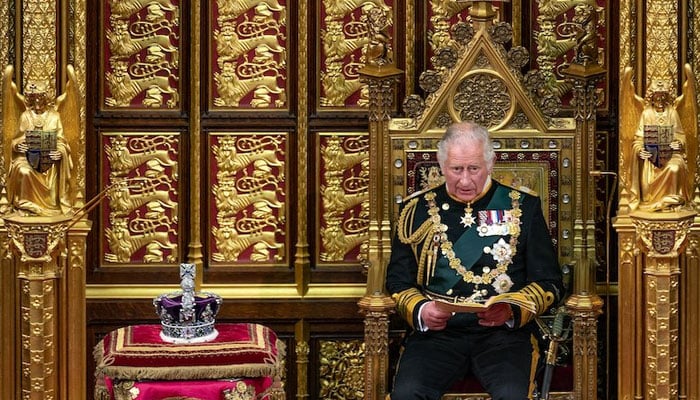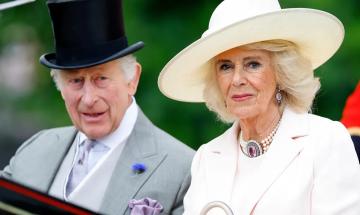Home / Royals
British Monarchy and the Act of Settlement: A sacred pact
Discover the Crown’s rarely discussed, but firm, succession agreement

Among many laws which the royal family is bound to, there exists one so absolute, it has been silently employed in its full capacity since ages.
The UK’s Act of Settlement is a pact which was passed in 1701 — primarily for the purpose of deciding the royal matter of succession.
An agreement that was implemented to maintain a strictly religious doctrine, the Act of Settlement came to mean a lot more.
Historical Background
The Act of Settlement was approved by the English Parliament under the context of the Glorious Revolution of 1688 which deposed the catholic monarch, King James II, and installed protestant monarchy in the country.
What did the act establish?
One of the foremost pieces of legislation in the country, the Act of Settlement established an important few laws for the British monarchy.
Ensuring both a protestant sovereignty and a firm parliamentary system of governance, the law “not only addressed the dynastic and religious aspects of succession, it also further restricted the powers and prerogatives of the Crown”, per royal family’s official website.
“The Act also laid down the conditions under which the Crown could be held. No Roman Catholic, nor anyone married to a Roman Catholic, could hold the Crown. The Sovereign now had to swear to maintain the Church of England (and after 1707, the Church of Scotland),” it was further stated.
Additionally, the legislation notably curtails royal powers — barring the monarch from engaging in war or departing the country without parliamentary consent, while it also establishes judicial independence by restricting the monarchy’s involvement in appointment of the judges.
Amendments
While the act has remained quite untouched despite its antiquity, there is a significant amendment which was later introduced to the law.
The Succession to the Crown Act (2013) modified the system of “male primogeniture” — the rule which prohibited female royal heirs to inherit the throne if their male counterparts were present.
Following the important reform, Prince William and Kate Middleton’s daughter Charlotte became the first princess to have a claim to the Crown while having brothers.














